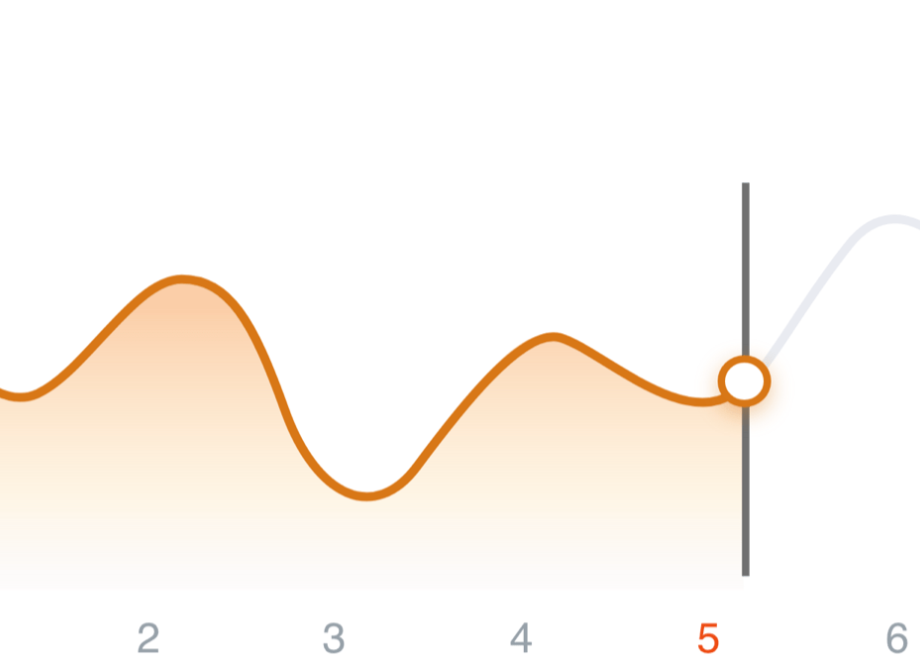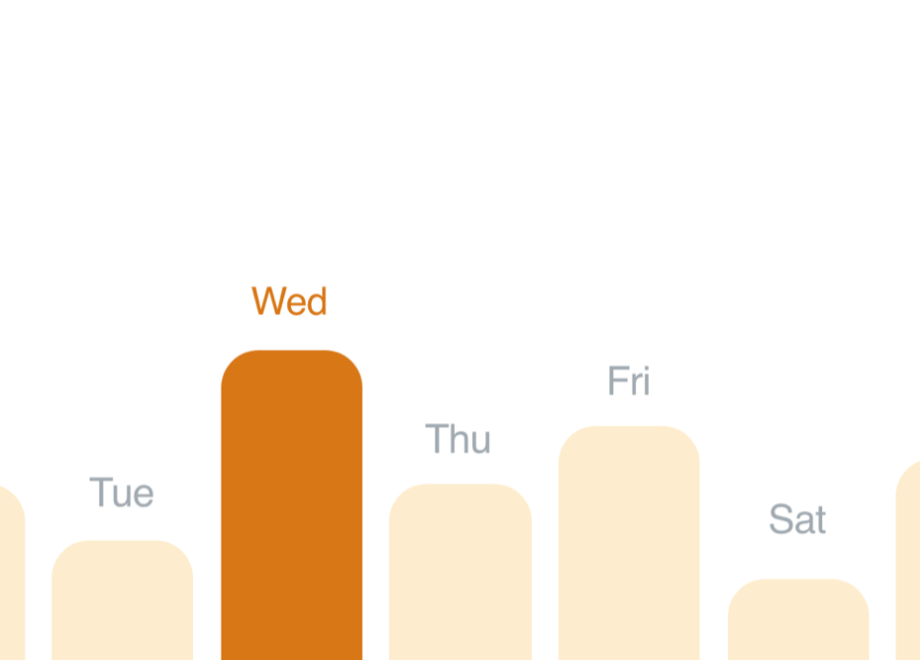It includes three regular programs:
Cairo Demographic Center Scope of work include Academic Study, Training and Seminars, Population Research and Studies, and technical
The National Project of Egyptian Family Development came within the framework of the directives of President

The birth rate decreased relatively from 2.56% for the period between 2006 and 2017 to 1.6% in 2021, and the number of births was recorded about 2.2 million children also during 2021. According to the estimates of CAPMAS for the year 2022, the population of Egypt increased from 72.8 million in the 2006 census, to 94.8 million people in the 2017 census, then to 102.9 million in the estimates of 1/1/2022, an increase of 8.1 million people over the data of the last census, and that the continuation of high levels of childbearing (2.9 children per woman) will lead to an increase in the population of Egypt to 124 million people in 2032 compared to 117 million people if childbearing levels were reduced to 1.6 children per woman.

Preliminary data indicate that the number of registered births for the year 2021, according to electronic registration data, amounted to 2.159 million, a decrease of about (76 thousand) births compared to 2020, and a decrease of only 3%, and according to these data, the birth rate for the year 2021 was (21.0 per 1000 population). While the governorates (Assiut, Minya, Qena, Sohag, Beni Suef) recorded the highest birth rates during 2021, where the rate reached (26.4/26.0/25.6/25.4/23.7) per thousand population, respectively. While the governorates (Port Said, Damietta, Suez, Dakahlia, and Qalyubia) recorded the lowest birth rates during 2021, where the birth rate reached (14.2/18.0/18.1/18.2/18.2) per thousand population, respectively
No front page content has been created yet.

The coming period will witness the Cabinet's announcement of the launch of the second phase of economic